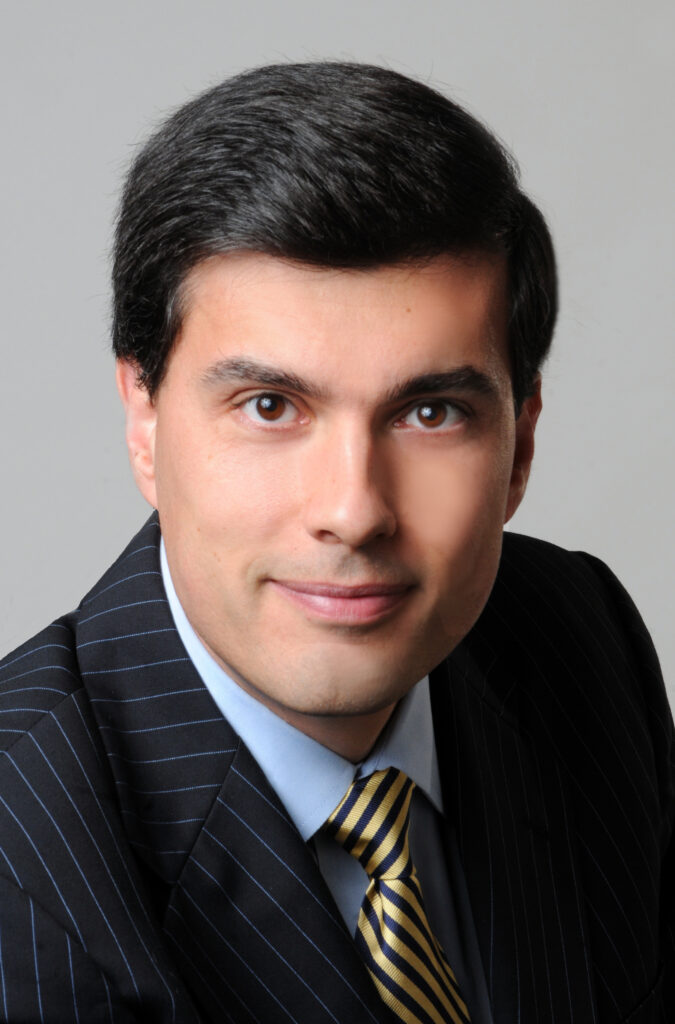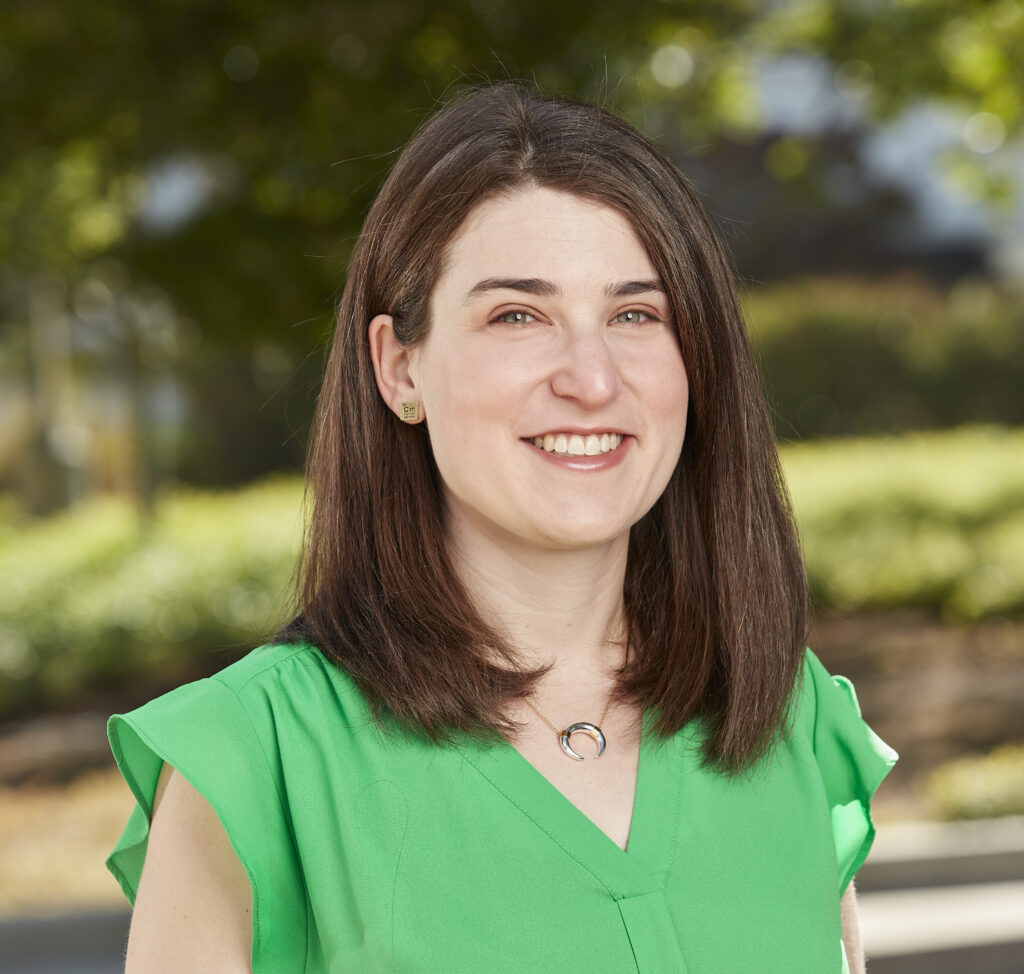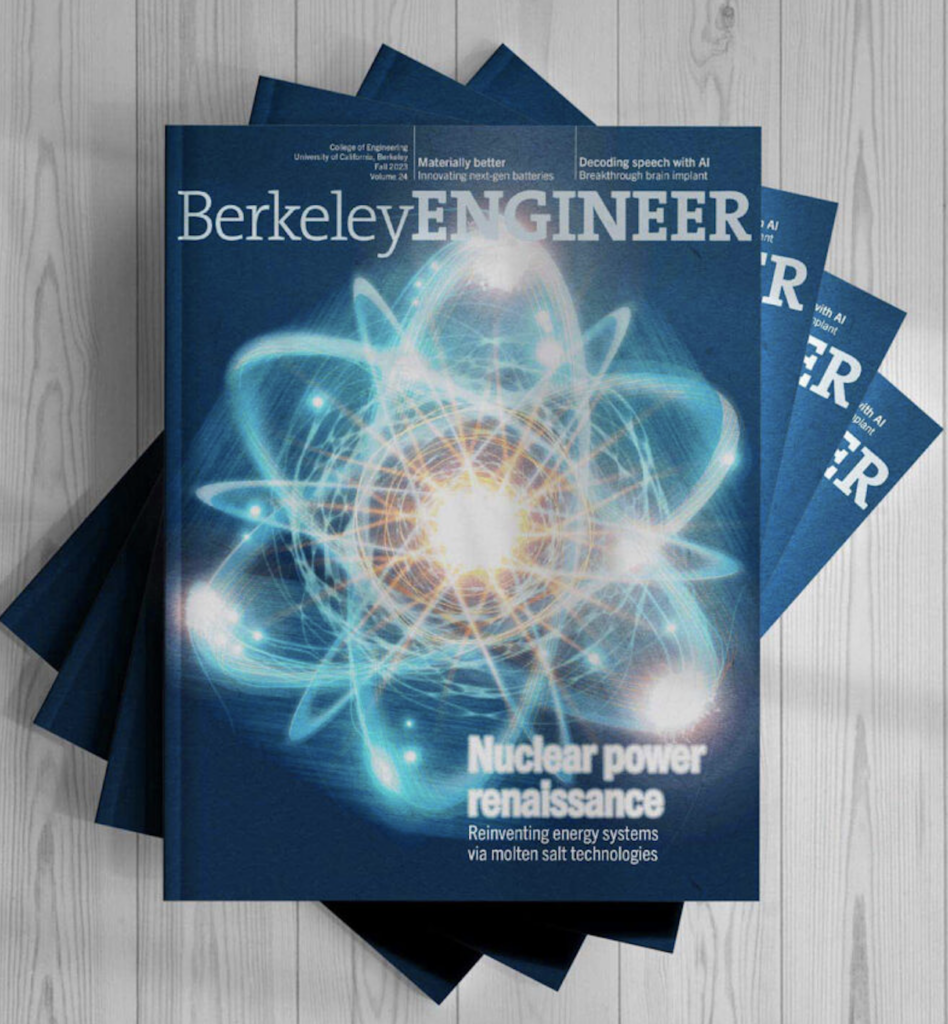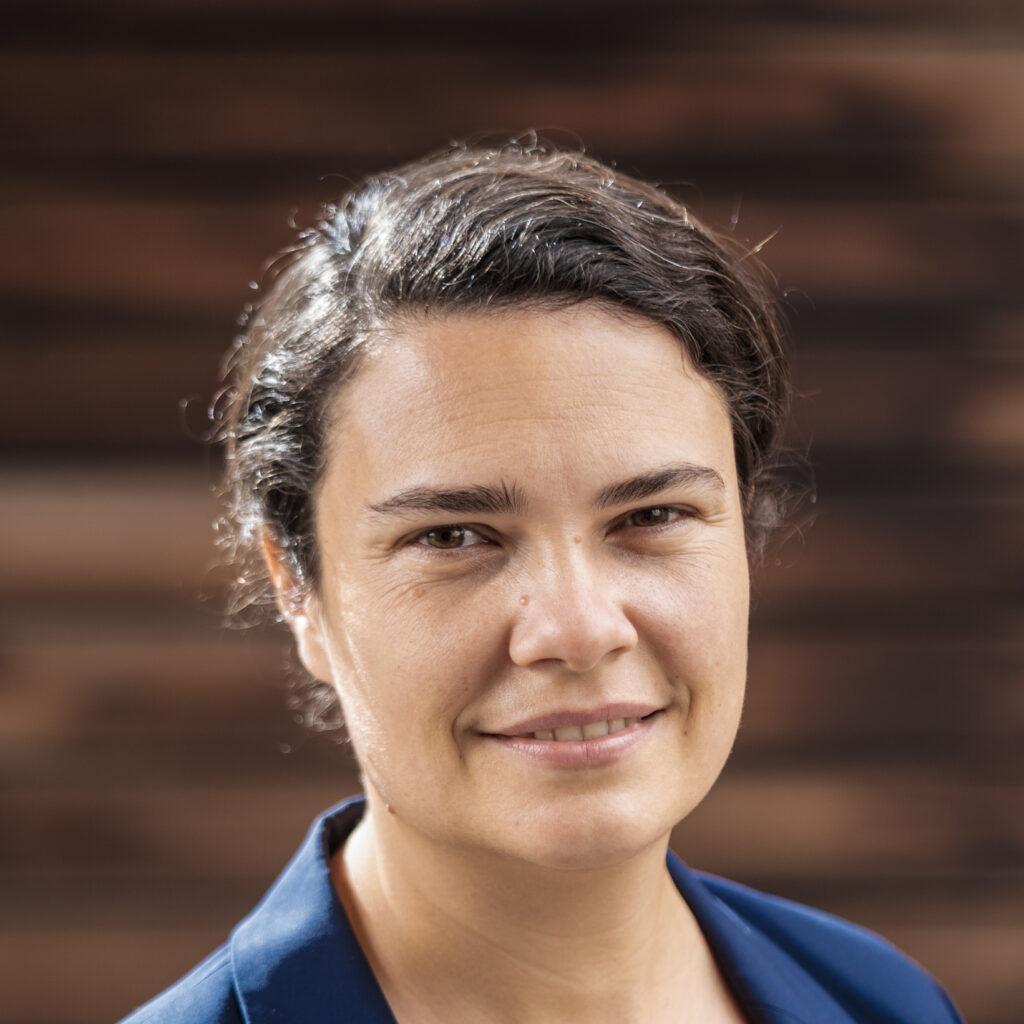Archive for November 2023
The Berkeley Space Center
SPEAKER: Alexandre Bayen Liao-Cho Professor, EECS; Associate Provost for the Berkeley Space Center DATE/TIME: MON, 11/27/2023 – 3:00PM TO 4:00PM LOCATION: 3105 ETCHEVERRY HALL Abstract This talk will describe the latest development of the Berkeley Space Center, a project in which UC Berkeley is developing a 36 acres parcel at NASA Ames (Moffett Field, near…
Read MoreMicrofluidics Separations for Field-Deployable Nuclear Forensics
SPEAKER: Jennifer Shusterman Staff Scientist, LLNL DATE/TIME: MON, 11/13/2023 – 3:00PM TO 4:00PM LOCATION: 3105 ETCHEVERRY HALL Abstract The Nuclear and Radiochemistry group at LLNL works on a wide variety of projects ranging from nuclear forensics to stockpile stewardship to fundamental studies in super heavy element production and chemistry. An overview of some of the…
Read MoreUCBNE Faculty and Research Showcased in Berkeley Engineering Magazine
Photo from Berkeley Engineering UCBNE faculty Raluca Scarlat, Per Peterson, and Peter Hosemann were featured in the Fall 2023 edition of Berkeley Engineer magazine in an article titled “Nuclear power renaissance”. The article highlights their research and insight on molten salt technologies for advanced nuclear energy systems. Read the full article here.
Read MoreRaluca Scarlat Promoted to Associate Professor
The UC Berkeley Nuclear Engineering Department is pleased to announce that Raluca Scarlat has been promoted to Associate Professor with tenure. Raluca joined the department in January 2019, and since then has made extensive contributions to the department and great accomplishments in research. She has built up the SALT lab with world class capabilities in…
Read MoreChemistry and physics of graphite in molten fluoride salts
SPEAKER: L Vergari Department of Nuclear, Plasma, and Radiological Engineering, University of Illinois Urbana-Champaign DATE/TIME: MON, 11/06/2023 – 3:00PM TO 4:00PM LOCATION: 3105 ETCHEVERRY HALL Abstract Graphite is a ubiquitous material in nuclear engineering. Within Generation IV designs, graphite serves as a reflector or fuel element material in Fluoride-Salt-Cooled-High-Temperature Reactors (FHRs), Molten Salt Reactors (MSRs),…
Read More



